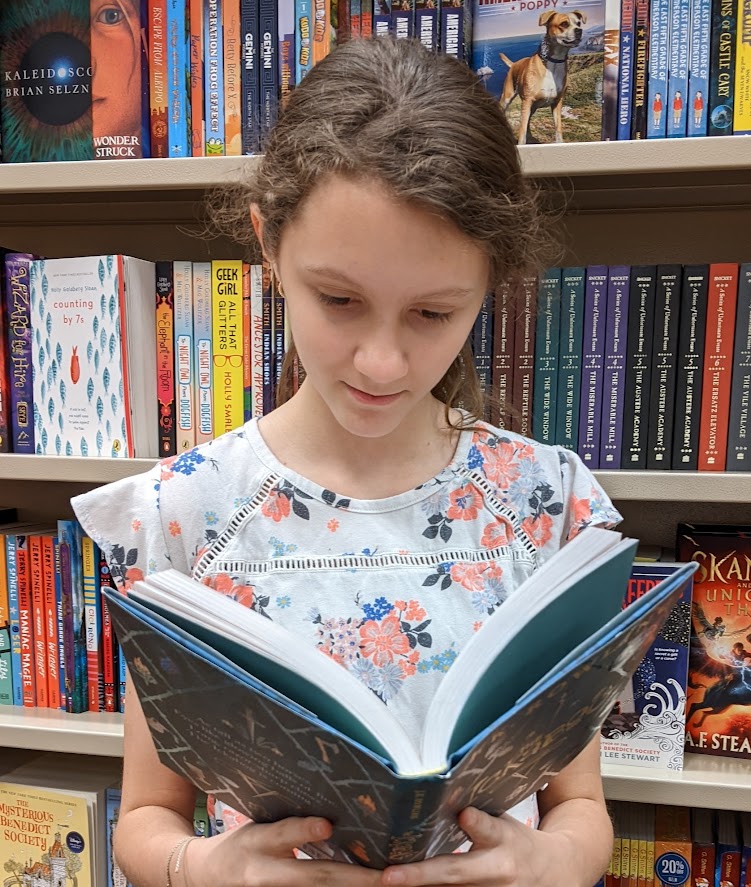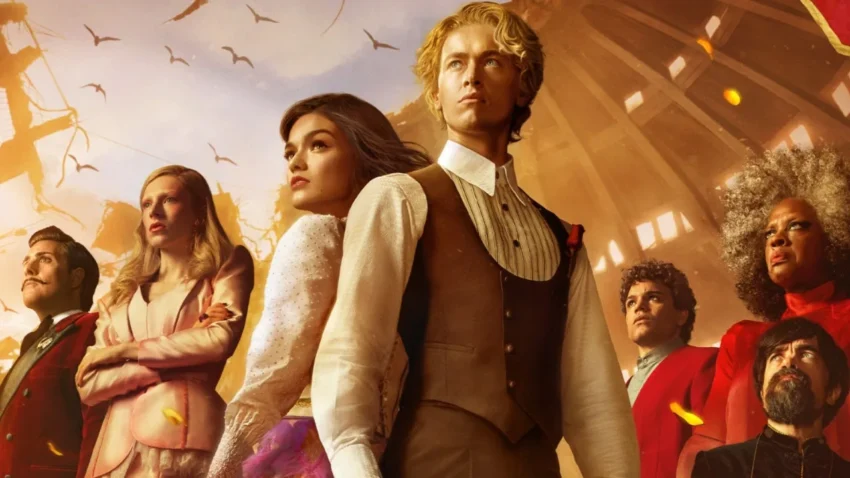The Ballad of Songbirds and Snakes was an incredibly inspirational book (my favorite from the entire Hunger Games franchise actually), yet the recently-released movie earned some disappointing ratings. Why is that? Could it be because the screenwriters neglected to capture the protagonist’s internal dialogue again? That the acting was dry? That they changed too many details from the book, throwing off the entire plot?
Surprisingly, none of these things were the problem. Though they did change a couple plot points, the movie was nearly identical to the book…excepting one key factor that ruined the entire film: they forgot to slay the dragons.
Today, I’ll be showing you what I mean by that, and how you can make sure to avoid the same mistake.
The Ballad Of Songbirds and Snakes: The Book
This prequel to the Hunger Games trilogy is a thrilling tale that recounts the story of Coriolanus Snow, the villain of the original franchise and future dictator of Panem. As I mentioned in my last article, the book did a wonderful job of setting Snow up to become a villain. He had pre-set flaws, tragic circumstances, vivid internal conflict, and a clear tipping point. All the characters around him were so loveable as well, even though young Snow saw them as petty and weak.
The book begins with Coriolanus going on a three-page rant about a missing shirt. He worries that if his cousin doesn’t return his shirt soon, he’ll be a disgrace to the family, get kicked out of his apartment, and somehow end up starving to death…all because he didn’t have a presentable shirt. A bit much, right? Already, you can see how obsessive Coriolanus is, and how much he cares about his image.
Once the shirt incident is resolved, Snow heads to the opening event for the 10th annual Hunger Games, where he has a conversation with a friend named Sejanus Plinth. We’re told that Sejanus grew up in the Districts, but his father made enough money during the war to climb to the highest ranks of society and earn the family top Capitol citizenship. Coming from an outside perspective, Sejanus despises the idea of making children fight each other to the death in the Hunger Games, and is the only person who stands against it. He’s the picture of innocence and goodness. And for a third of the book, even though one is far better than the other, both Coriolanus and Sejanus are likable.
Until, during a conversation with Sejanus, Snow’s internal dialogue shows that he hates him. He’s only ever been friends with Sejanus to give himself a better image. From there, though Sejanus grows more lovable with every noble action he takes, Coriolanus only grows more cruel and ambitious.
The Ballad of Songbirds and Snakes: The Movie
The movie, however, presented the young president in a different light. The directors dimmed the loveable qualities of the characters around Snow to make him more likeable throughout the entire story, not just at the beginning. In the movie, Sejanus seems stupid and selfish for standing up against the leaders, not brave or good at all. According to this movie, Snow was the only sane one, the misunderstood one, the only good one. Suddenly, A Ballad of Songbirds and Snakes wasn’t about a battle between good and bad, but a film full of excuses.
Slay Dragons With Your Story, Don’t Glorify Them
Neil Gaiman once said: “Fairy tales are more than true: not because they tell us that dragons exist, but because they tell us that dragons can be beaten.”
The most successful stories throughout history, Lord of the Rings, Macbeth, and even the original Hunger Games trilogy all show a clear difference between good and evil. Though there’s death and sadness and pain, the most powerful stories show the good and beautiful elements too. The novel version of A Ballad of Songbirds and Snakes showed you how evil the Capitol was, and made you love the good characters, like Sejanus, even more. The book may not have demonstrated evil being slayed, but it still showed that there are knights even in the bleakest of worlds. That there was a clear line between good and bad.
The movie, however, seemed to glorify their dragons instead of defeating them. At least to the people who read the book, the movie left their viewers feeling saddened instead of hopeful. It brought in the lowest amount of money in all of The Hunger Games history because, who wants to spend money and keep spending money to see a story with no clear hero and therefore no real victory? To see darkness fight even more darkness?
And maybe you’re thinking that this is impossible to do for some stories. That some genres, like horror films and dystopias, are just meant to have an endless cast of bad people and there’s no getting around it. However, I’d like to remind you that the man who said the quote above is a famous horror-novelist. He wrote that line in an introduction to Coraline, a story about talking doll people of all things! So yes, your story can be violent and creepy and saddening, but you can still include a character who fights to change these circumstances. Regardless of your genre, you can still give your readers hope.
For all time, humans have been writing stories that highlight the darkness of the world. We’ve had stories featuring evil protagonists for thousands of years. But the point of these stories wasn’t to help the viewers sympathize with the dark protagonists, but to show them how to fight evil. There were characters, both good and bad, scattered across the work. The good characters didn’t always win. But they were there to remind readers that light will always rise up to fight darkness, even if it is a losing battle. That theme has a lot of power, and we could do with more stories that highlight it. So go write a book with a villain protagonist, leave your reader with a sense of hope, make sure your plot isn’t glorifying the dragons of this world, and let every detail of your story point to the light.



Let us know in the comments:
What are your favorite villain protagonists? Did you relate to the characters that stood up to them? And how was this article? Too sweet? Too sour? Just right?


Hello, I’m Sophia! I’m a child of God and I (if you couldn’t tell already) love to write! I’m also a total theater kid and strong dessert (specifically cupcake) enthusiast. For as long as I can remember, I’ve enjoyed both reading and making my own stories. I’m so glad I get to share with you what I’ve learned from some of my favorite (or sometimes least favorite) stories on this blog.

